Features
How to read a cannabis label: Common terpenes
Published on January 13, 2023 by David Wylie
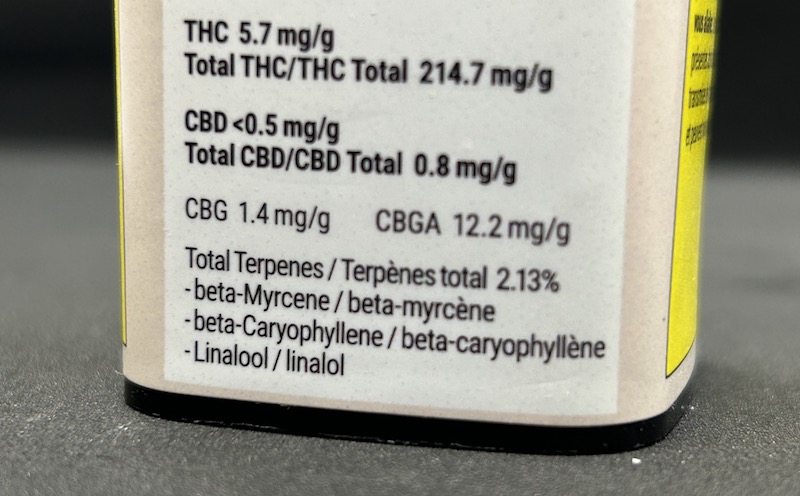 Photo: David Wylie/the oz.
Photo: David Wylie/the oz.
This is part of our ‘How To Read The Label’ series. We decode the language and figures used on Canadian legal cannabis labels to help you better understand the information you’re seeing.
Stories in this series:
- Part 1: A glossary of terms on cannabis labels
- Part 2: How to figure out the amount of THC and CBD
- Part 3: Common terpenes found in cannabis
- Part 4: Minor cannabinoids are emerging
Terpenes have always been part of our everyday lives.
We just didn’t really talk about them until they became entrenched in the modern-day legal-cannabis lexicon.
All plants produce terpenes. They are the oils that give off their scent.
More than 100 terpenes have been found in cannabis, and different strains have different combinations.
Here are some of the highlights on seven terpenes most commonly found in cannabis.
7 common terpenes on cannabis labels:
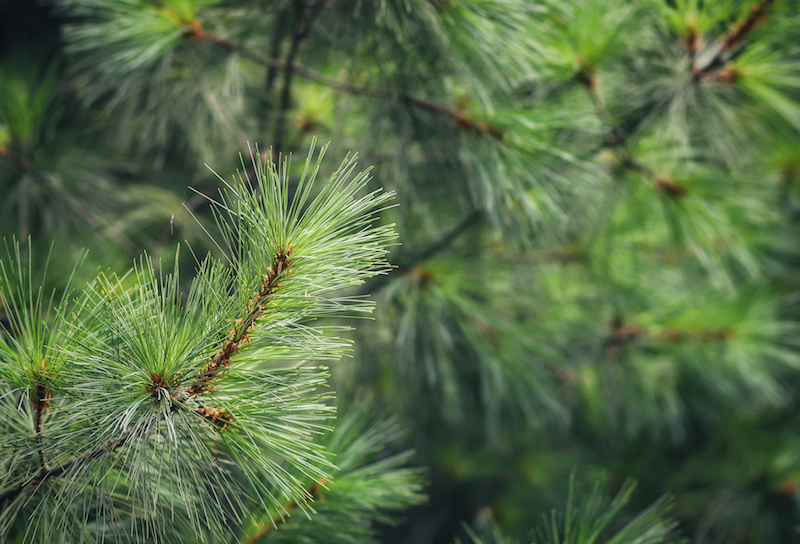 Photo: Adobe/the oz.
Photo: Adobe/the oz. Pinene
As the name suggests, pinene smells like pine. It also occurs in rosemary, basil, parsley, and dill. Pinene is the most common terpene in nature, as it’s an effective insect repellant. Pinenes (there are both alpha-pinene and beta-pinene) are used to make turpentine.
Vaporizes at 155 C/311 F.
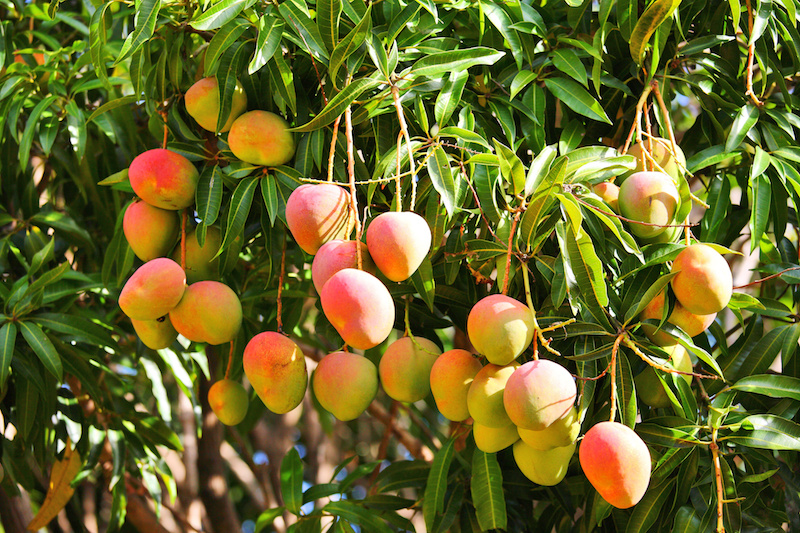 Photo: Adobe/the oz.
Photo: Adobe/the oz. Myrcene
Mangos, lemon grass, thyme and cardamom are some of the plants that contain myrcene. It has an earthy, herbal, clove flavour. It’s one of the most common terpenes found in cannabis plants.
Vaporizes at 167 C/332 F.
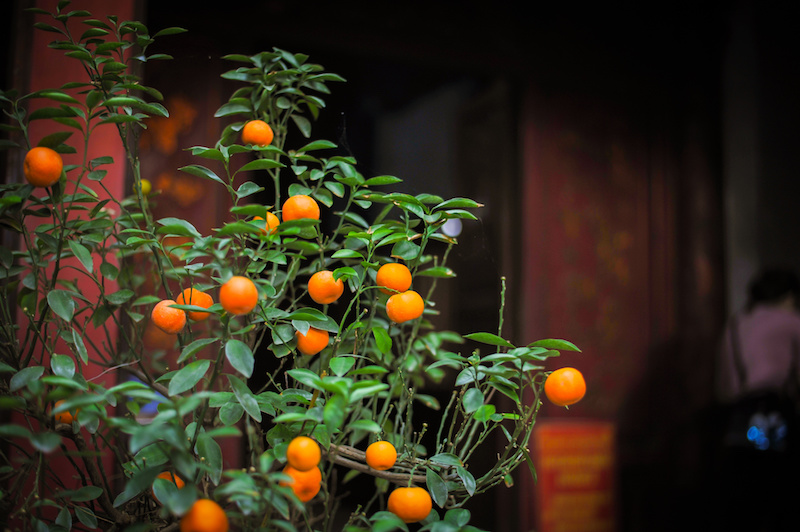 Photo: Alevtina-Adobe/the oz.
Photo: Alevtina-Adobe/the oz. Limonene
Limonene has a distinct citrus flavour, particularly oranges. It’s found in citrus fruit peels, as well as caraway and dill. Its name comes from the Italian word for lemon—limone. It’s widely used as a dietary supplement, flavouring, and in cosmetic fragrances.
Vaporizes at 176 C/348 F.
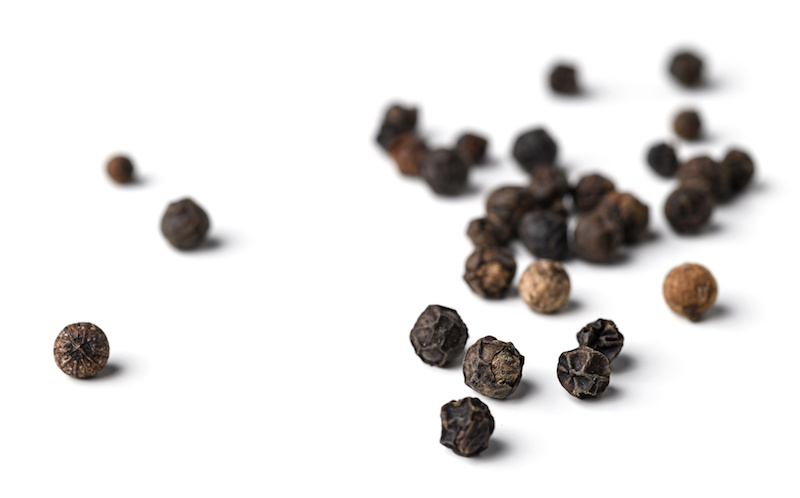 Photo: Nikola Bilic/Adobe/the oz.
Photo: Nikola Bilic/Adobe/the oz. Caryophyllene
As one of the chemical compounds that gives black pepper its smell, caryophyllene has a spicy flavour that’s also found in cloves and cinnamon. (Fun fact: you could call caryophyllene the ‘NARC’ of the terpenes, as it’s the smell that drug sniffing dogs pick up on.) It’s been shown to have an anti-inflammatory effect.
Vaporizes at 176 C/348 F.
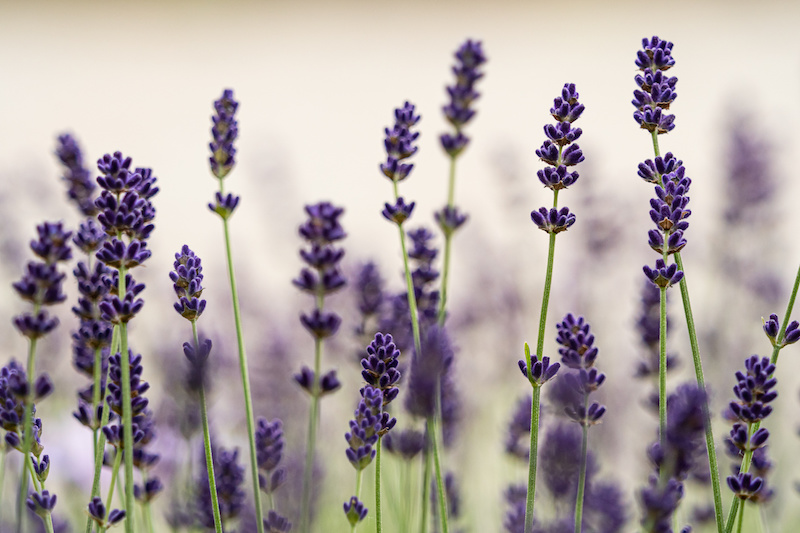 Photo: Adobe/the oz.
Photo: Adobe/the oz. Linalool
Linalool is a floral scent, often associated with lavender. It’s also found in spice plants, like coriander, which can add some spicy depth. As a popular scent, Linalool is used commercially to make soaps, fragrances, and food additives.
Vaporizes at 176 C/348 F.
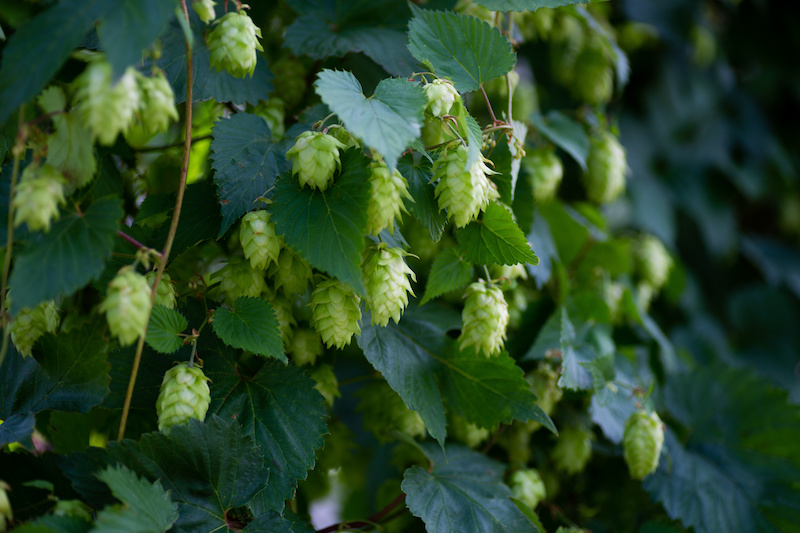 Photo: Adobe/the oz.
Photo: Adobe/the oz. Humulene
Found in the flowering cone of the hops plant, humulene is like a heady IPA, but not too bitter. It’s a compound also prominent in tobacco, sage, and ginseng. Humulene is being studied for its underlying anti-inflammatory effects.
Vaporizes at 225 C/379 F.
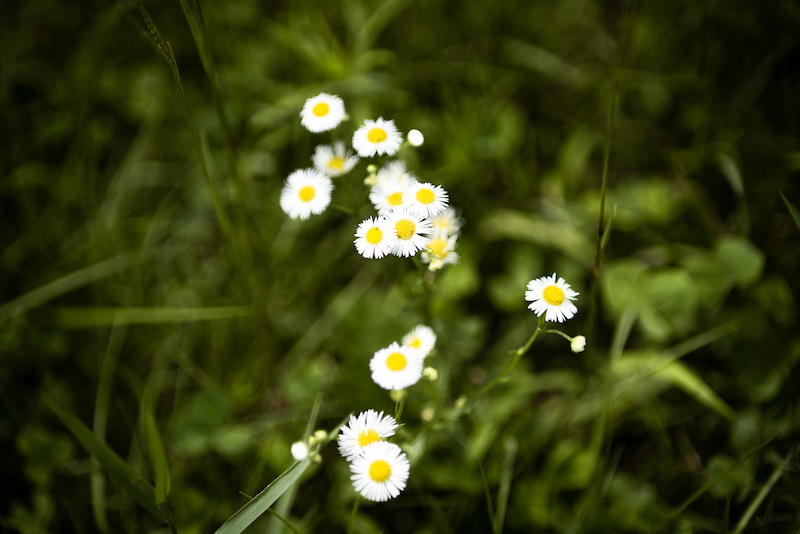 Photo: Adobe/the oz.
Photo: Adobe/the oz. Bisabolol
Bisabolol is reminiscent in smell and taste of chamomile. High concentrations can be found in medicinal cannabis strains. It is subtle and floral. Its smell is also compared to to apples, sugar and honey.
Vaporizes at 119 C/246 F.
Notes:
Thank you to Edison Cannabis Co. for the well-designed Terpene Guide that looks like a Pantone colour tool. And also to Wikipedia, which was a great resource in describing the different terpenes.
Leave a comment on our Facebook page.
© Copyright 2023 Okanagan Z. | About the oz.
Report a Typo or Inaccuracy
We strive to avoid typos and inaccuracies. However, on occasion we make mistakes. We value your contributions and help in correcting them.